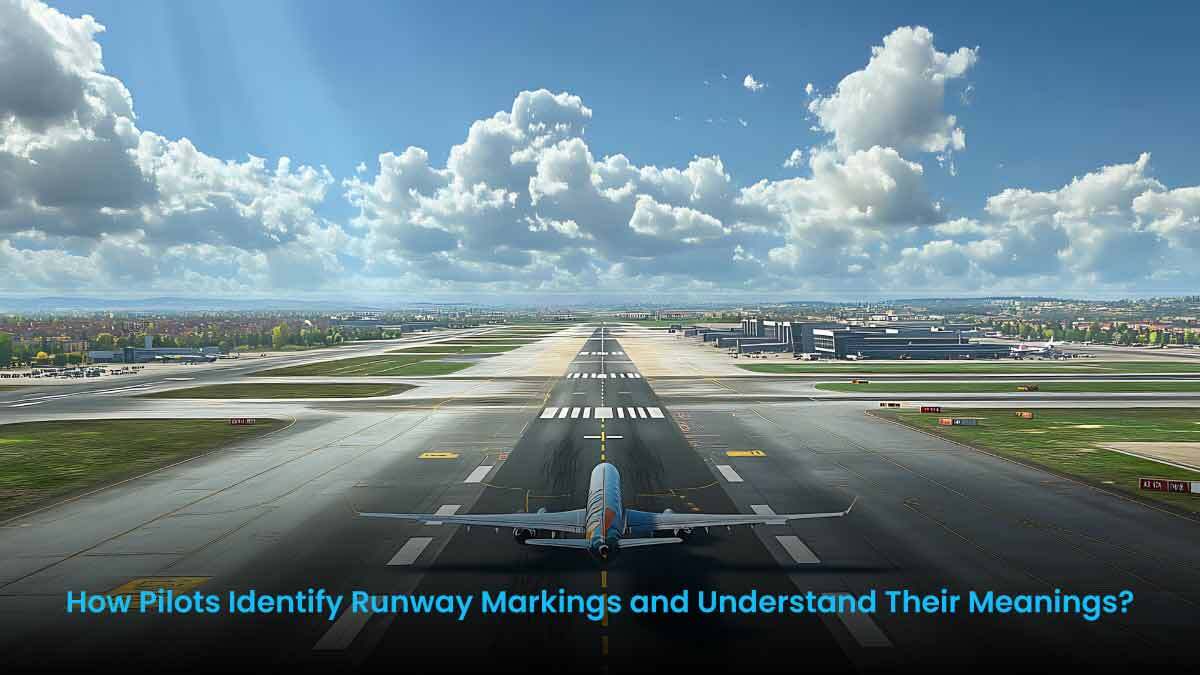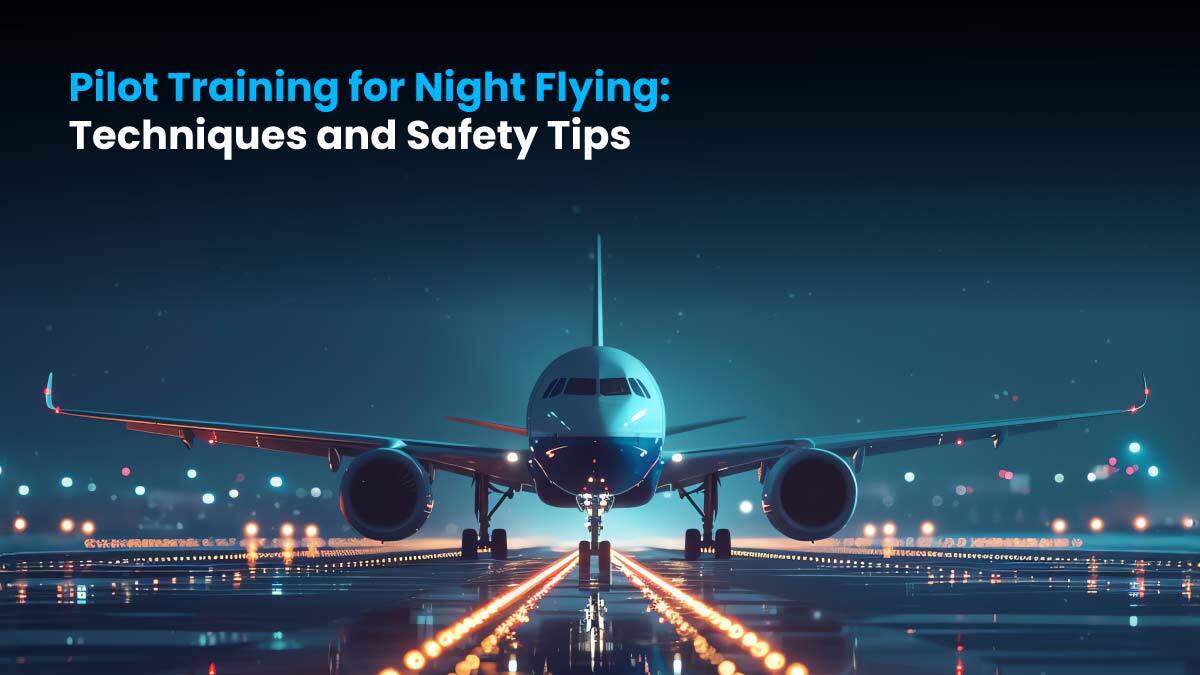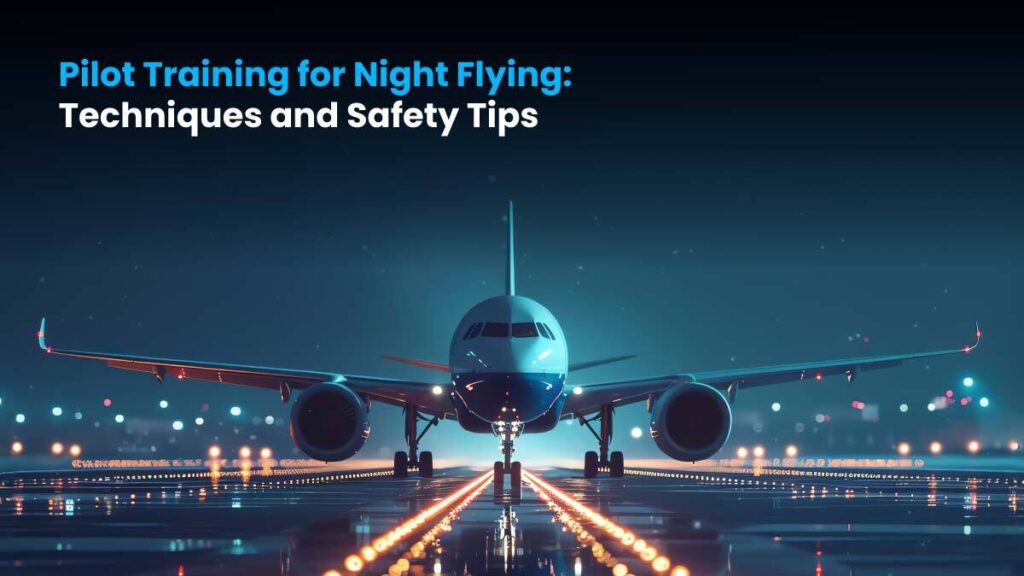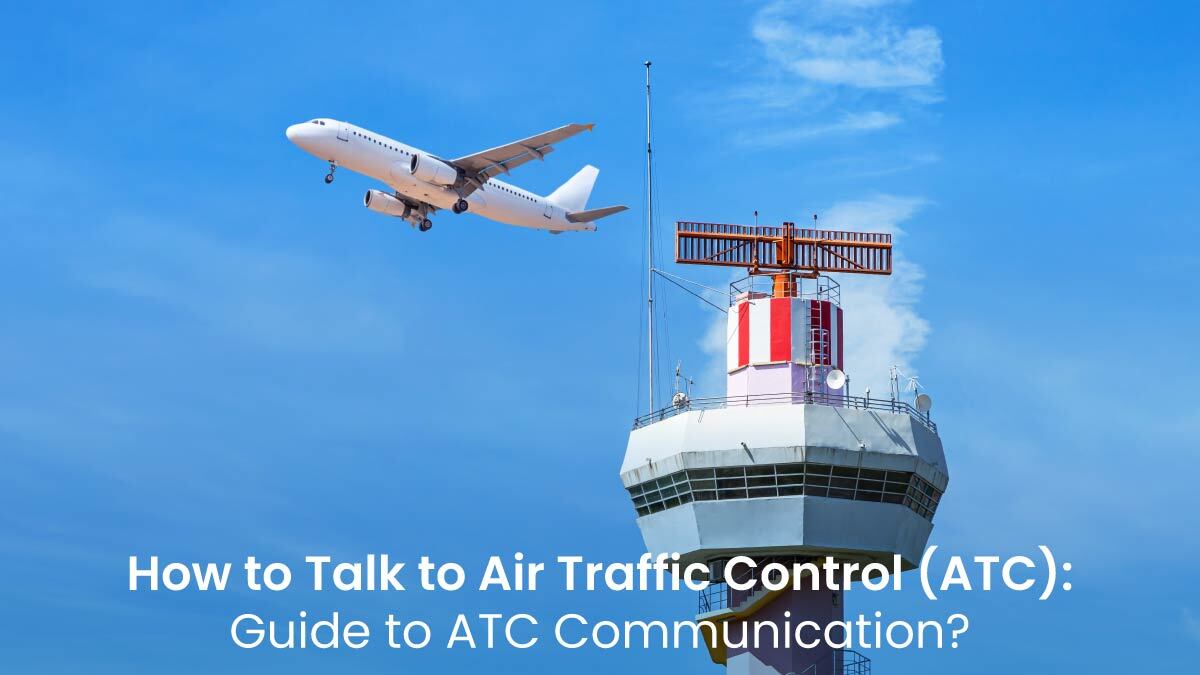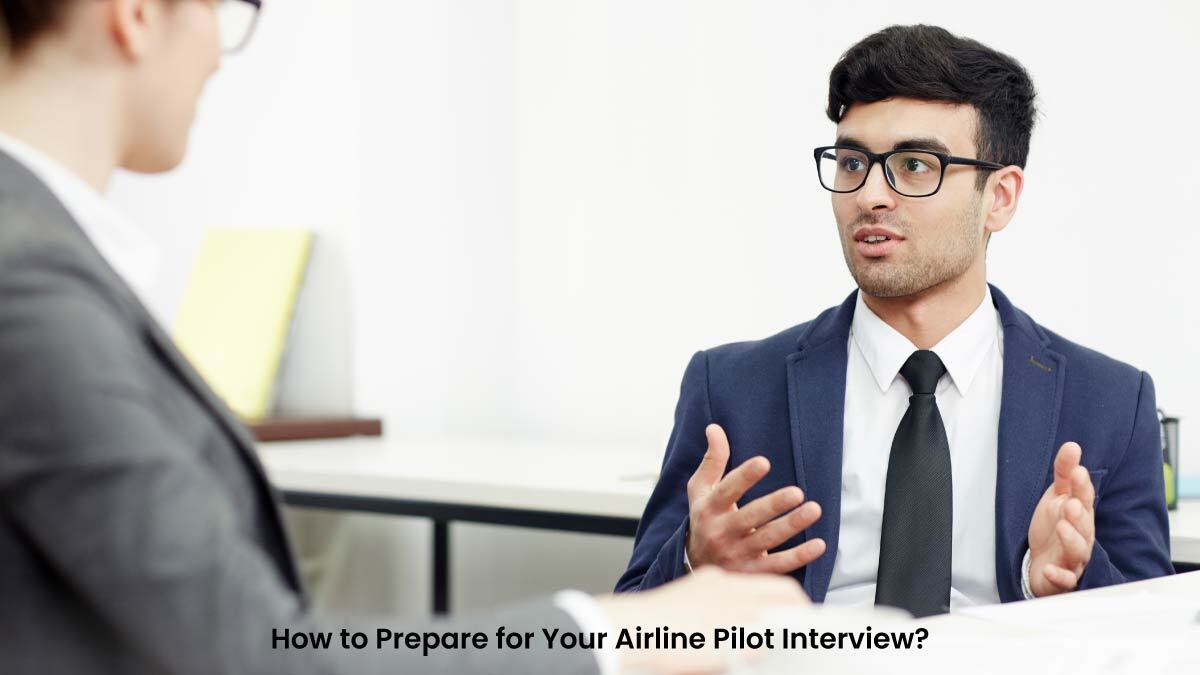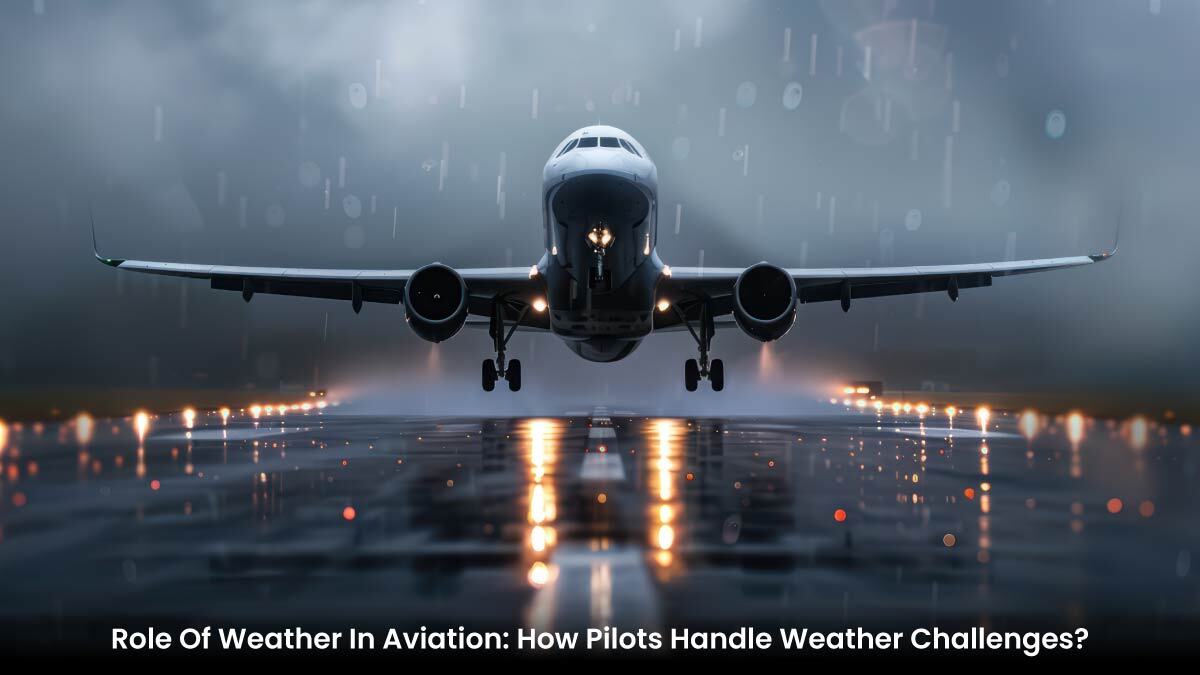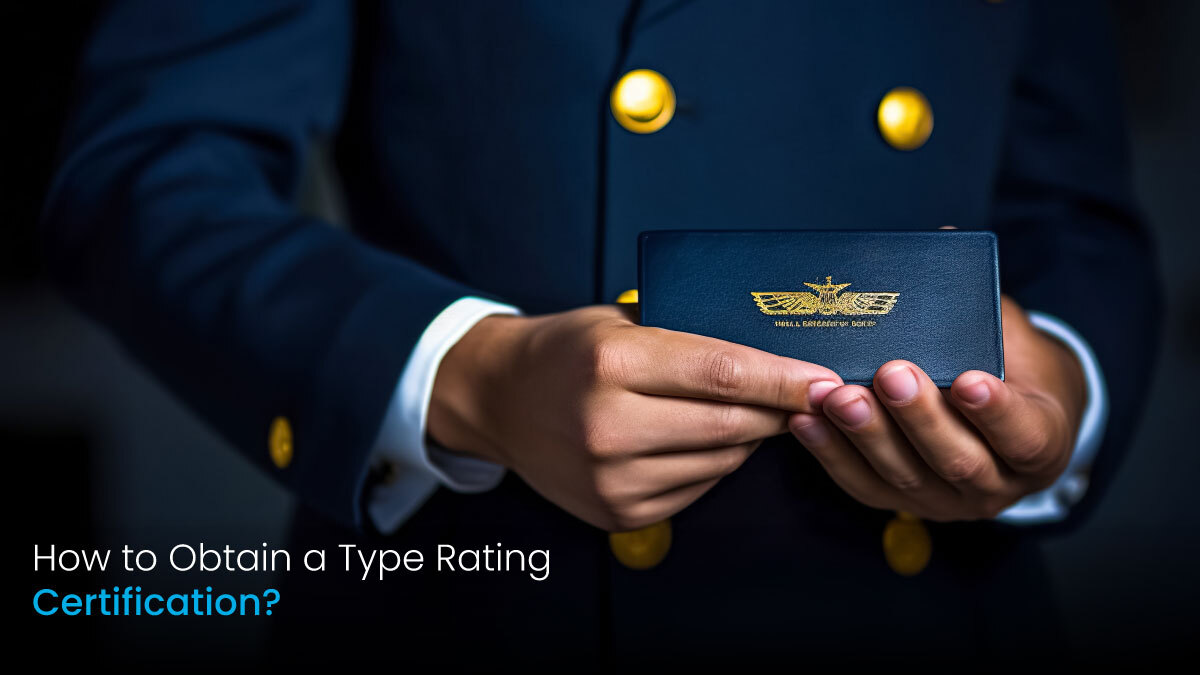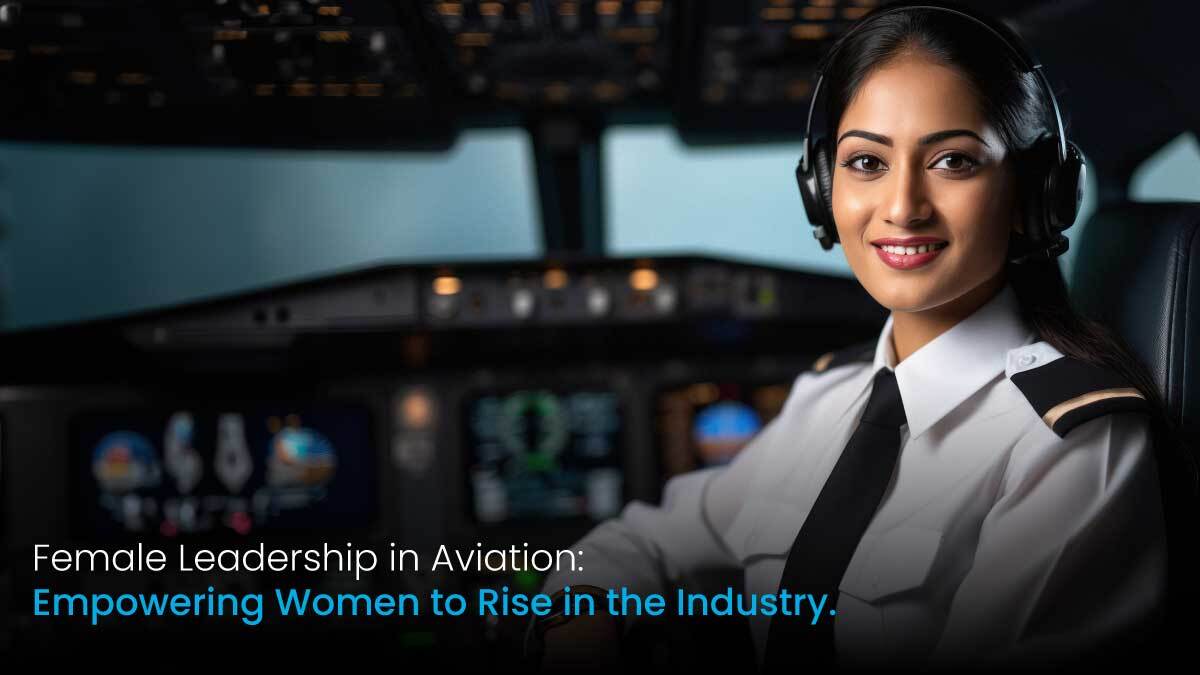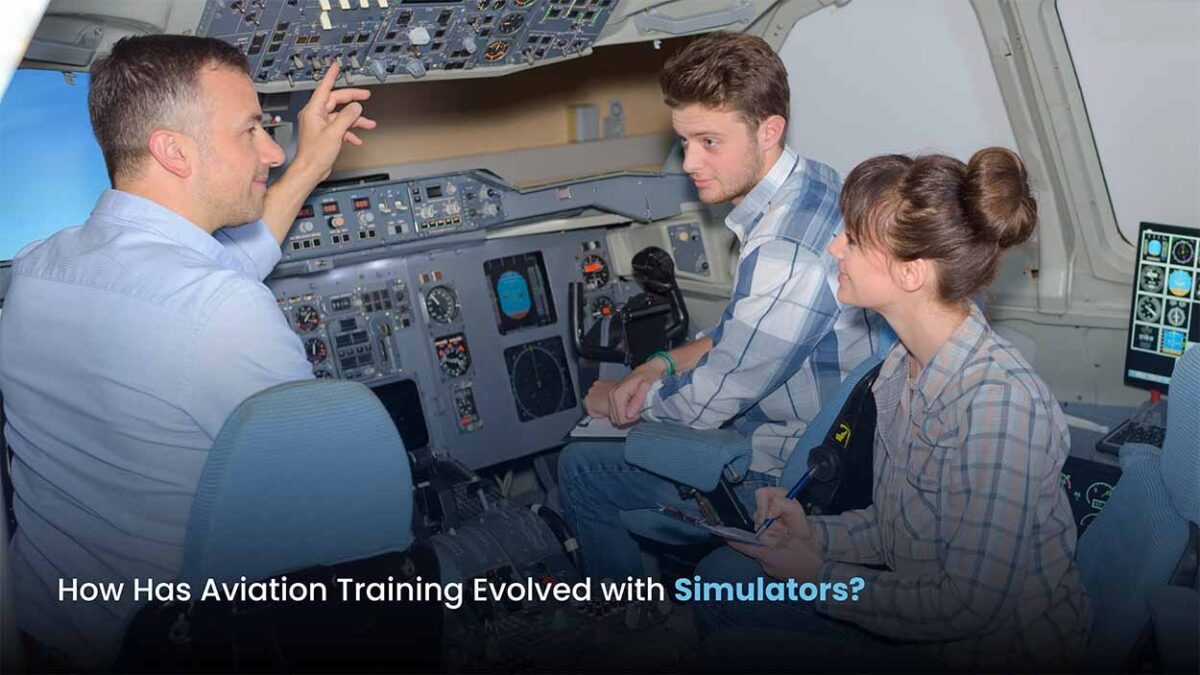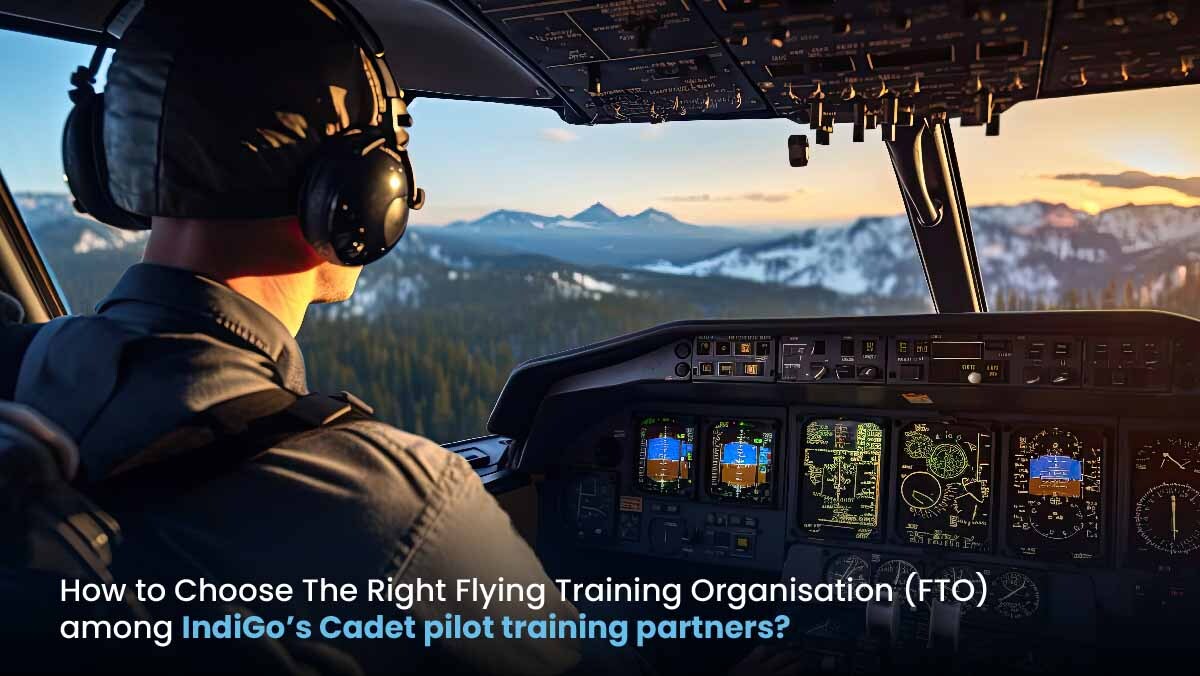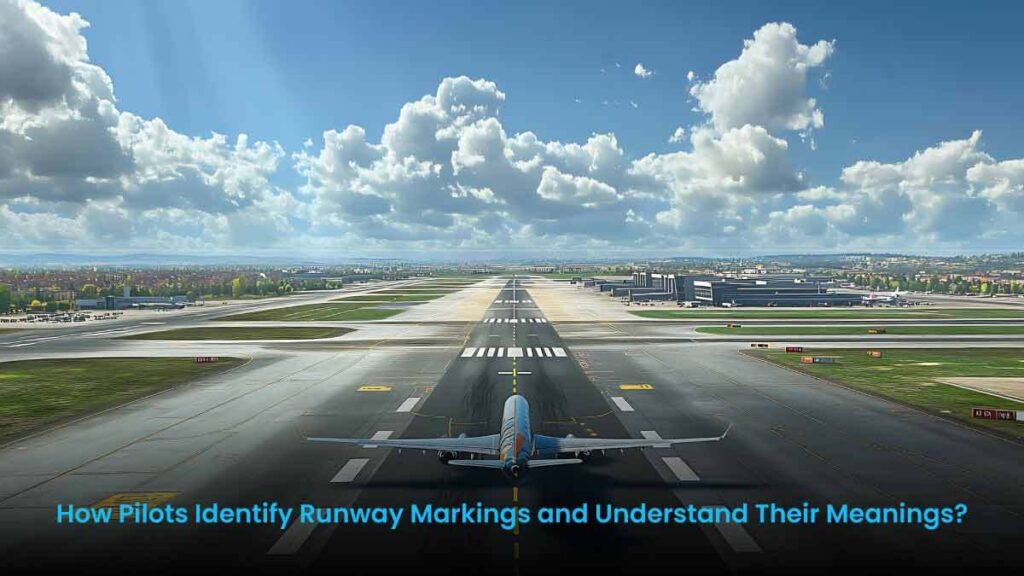
Runways are the gateways to the skies. For pilots, they’re more than just long strips of asphalt or concrete; they are meticulously designed with specific markings and dimensions to ensure safe takeoffs and landings. Every pilot must thoroughly understand runway markings and their meanings, as these visual cues are essential for navigating the complex environment of an airport. Let us understand everything about the runway markings in this blog.
What Are Runway Markings?
Runway markings are the painted lines, numbers, and symbols on a runway that provide crucial information to pilots. They indicate the runway dimensions, alignment, and operational zones. Whether it’s a commercial pilot landing at a bustling international hub or a trainee mastering pilot training in a remote airstrip, these markings serve as their visual guide.
The markings are standardised worldwide, ensuring that pilots can interpret them regardless of the airport runway they’re operating on. From threshold markings to touchdown zones, each element has a purpose.
Key Runway Markings and Their Meanings
- Runway Numbers
Located at the two ends of the runway, these numbers correspond to the compass heading (e.g., 18 for 180°). They help pilots align their aircraft correctly for takeoff or landing. - Threshold Markings
A series of white stripes at the runway’s beginning indicate the usable landing surface. These also show pilots where the runway starts, ensuring safe touchdown points. - Centerline Markings
A dashed white line running down the centre helps pilots stay aligned during takeoff and landing. - Touchdown Zone Markings
These lines are found after the threshold, and they highlight the safest area to land the aircraft. - Runway Edge Markings
Solid white lines on either side of the runway define its width. This is particularly crucial for larger aircraft navigating runways with limited width. - Aiming Point Markings
Two large rectangular blocks near the touchdown zone act as visual cues for pilots to aim their landing.
How Pilots Use Runway Markings
Runway markings work hand-in-hand to provide real-time information at critical flight phases: takeoff and landing. Pilots use them in combination with cockpit instruments to verify alignment, regulation of speed, and position in relation to the runway.
For example, if a pilot is landing on a short runway, they will focus closely on the touchdown zone and aiming point markings to provide an optimum approach. Similarly, markings can assist them in confirming they have enough runway distance to accelerate takeoff.
Route Markings: Beyond the Surface Lights and Signs
Runway markings serve alongside lights and signage to improve visibility when operations are performed at night or under low-visibility conditions. The bright lights of the approach, runway edge, threshold lights, and centerline lights are used in tandem with markings so that pilots can operate safely while visibility is at its lowest.
Importance of Pilot Training in Understanding Runway Markings
For new pilots, identifying and interpreting runway markings is a critical skill taught during pilot training. They practice scenarios where quick decision-making relies on understanding markings and their meanings. This training also ensures they can adapt to different runway dimensions and conditions worldwide.
One such critical skill taught to new pilots is recognising and interpreting runway markings, during their training. They undergo a simulated exercise with rapid decision-making, which depends majorly on their understanding of the different markings and what they mean. And they have to be able to make adjustments for what might be different in runway dimensions and conditions in the rest of the world.
Experienced pilots periodically refresh their knowledge such as the knowledge of incorporation of new regulations or runway designs. This way, they are always open to taking on emergencies like emergency landings or flying into foreign airports.
Runways are more than just paths for takeoffs and landings—they are lifelines for every flight. Understanding the markings on an airport runway is crucial for ensuring safe and efficient operations. From the numbers painted at the ends to the stripes guiding the way, each marking plays a vital role in the symphony of aviation.
For aspiring aviators, learning the intricacies of runway markings is a foundational step in mastering the art of flying. If an aviation career interests you, join a flight training organisation such as Insight Aviation to learn the nuances of flying. Insight Aviation’s IndiGo Cadet Pilot Programme has the best flight trainers from across the globe to make you a trained pilot. Next time you see an aircraft gracefully touch down on a runway, you’ll appreciate the precision and knowledge that made it possible.

